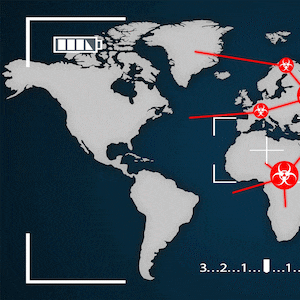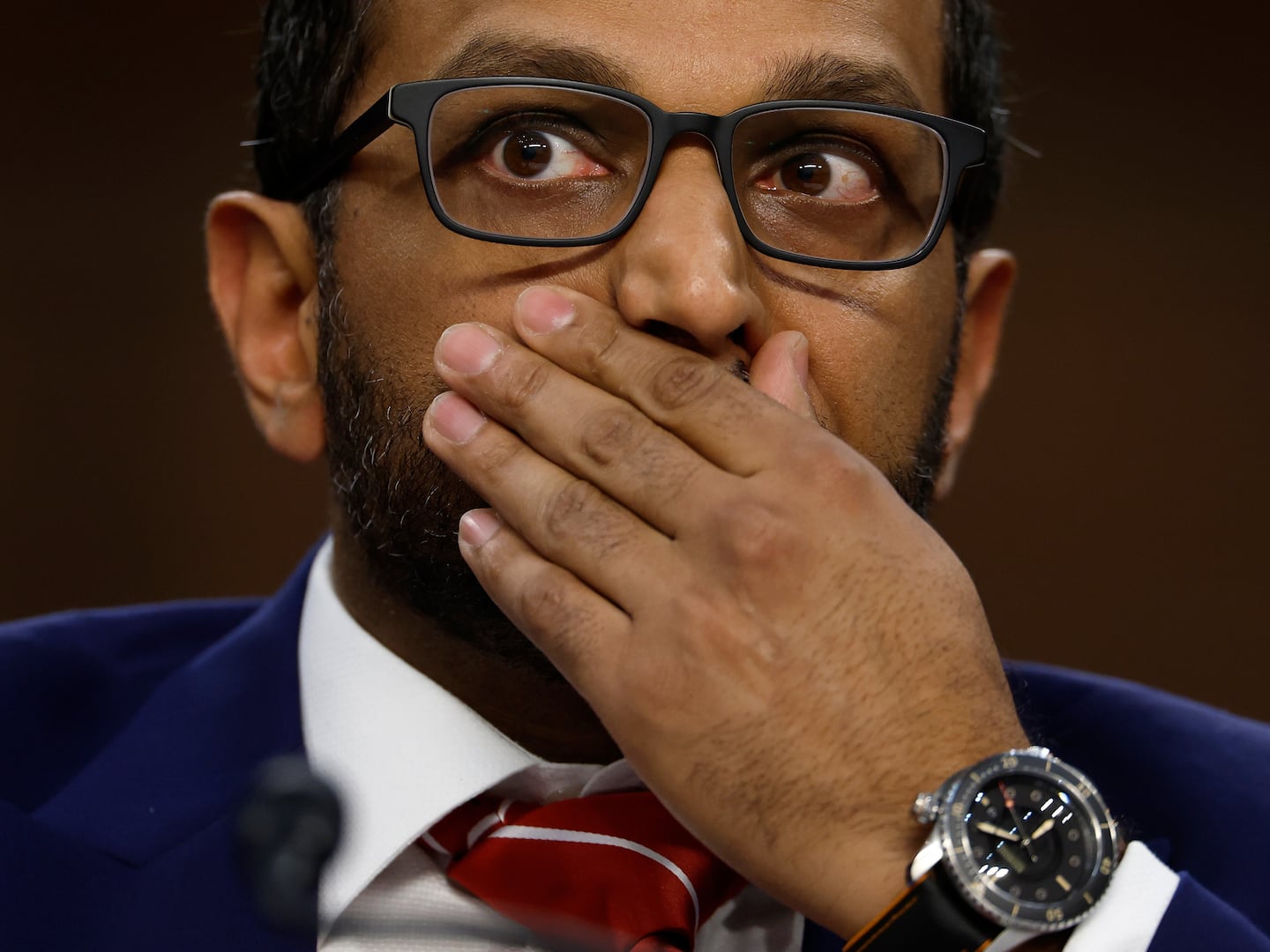The all-clear after a test for coronavirus infection does not mean all clear, it turns out. Nor can a person who had COVID-19 and then recovered be sure that it won’t strike again. Such is the disturbing news coming out of South Korea, the country widely credited as the most successful—and transparent—overcoming the pandemic threat to its people and economy.
At a briefing earlier this week, Jeong Eun-kyeong, director-general of the Korean Centers for Disease Control and Prevention, said that 51 people previously thought to have recovered completely tested positive again shortly after they got out of quarantine. Jeong said the virus may have been “reactivated” in some fashion since it was in the CDC’s judgment too early after their recovery for them to have been reinfected.
“We are conducting a comprehensive study on this,” Jeong said. “There have been many cases when a patient during treatment will test negative one day and positive another.” But the CDC is “putting more weight on reactivation as the possible cause.”
There is reason for concern, but not consternation, according to various analysts.
“The possibility of false negatives is very real,” says Dr. Ogan Gurel, who came to Korea nine years ago armed with a medical degree from Columbia to teach and do research after having served at Harvard-affiliated Massachusetts General Hospital in Boston.
“Think about how the test is done,” he says. “You put a swab of cotton up deep in the nose and rotate it.” Even if done right, the procedure “is not always guaranteed to pick up the virus.” Moreover, “the storage, transport, etc. of the sample could create a negative result—many experts think this may be the problem.”
Obviously the CDC will be looking at that issue very carefully as it conducts new, more elaborate tests of the “reactivated” patients.
At a minimum, the uncertainty has Koreans on edge, wondering if the country’s highly touted efficiency in driving out the illness is really working so well. “It’s so erratic, we should be extra careful,” says Chang Sung-eun, an office worker staying at home during the pandemic. “Mistakes do not happen so often, but nobody knows.”
Gurel cites estimates that “false negatives occur in just 1 percent of cases” but observes, “When you’re testing hundreds of thousands of cases, you get some numbers.”
Korean CDC figures show that as of April 9, South Korea, with a population of some 52 million people, had tested 494,711, of whom 10,423 were confirmed to have the disease, while 204 had died.
By comparison, as of this writing New York City alone, with a population of 8.5 million, has had more than 4,500 deaths.
Another aspect of the problem, says Gurel, is that “everybody’s immune system is different.”
If screw-ups in testing are the main reason why no one can be totally sure not to have contracted the bug, or to have recovered at least to the extent they’re no longer contagious, other less obvious factors also come into play. Unfortunately, these may grow in importance over the years, even assuming scientists do come up with a vaccine.
The scariest scenario has to be mutation—a change in the nature of the virus. In other words, the strain that teams of scientists and doctors have created defenses against may mutate into a different variety that is just as deadly.
“There is indeed frequent mutation,” says Gurel. “It is absolutely critical that we perform genome studies of both the virus and patients and correlate these genetic studies with clinical outcomes.”
Such painstaking research would “help us understand exactly why some people get serious disease while in others it is fairly mild," he goes on. “Ascertaining which portions of the virus mutate and which are conserved will help in designing effective vaccines which would concentrate on the regions of the virus that generally do not mutate.”
Then, says Gurel, there is the problem of “immune failure over time with an unsustained antibody response.” People who’ve had measles or chickenpox, for instance, usually can rely on some level of immunity for the rest of their lives.
But that’s not the case with all viruses, with the common cold a notable example. “We know that there is no vaccine and that it frequently recurs in people,” he notes, and “about 15 percent of common cold cases are caused by a mild variety of coronavirus.”
Like common cold viruses, he says, coronavirus “may create a less than robust immune response in some people.” Bottom line: “There may be some concern of limited immune response being a possibility with this novel coronavirus.”
Gurel dismisses, however, the theory that the coronavirus may be latent within a person’s system, escaping detection until blossoming as a disease in the manner of HIV, herpes, or hepatitis. COVID-19, he says, does not have “such latency.”
In the search for cures, Gurel warns against accepting President Donald Trump’s advice and trying hydroxychloroquine, an anti-malarial drug. Trump asked, “What have you got to lose?” says Gurel, repeating a Trump line. “There are serious side effects,” including blindness in some cases.
Gurel offers some advice that Trump might want to take to heart: "We should be open to evaluating such therapies but still apply some level of rigor in order to avoid compounding the tragedy."
By way of comparison, Gurel notes that victims of the 1918 flu, the disease that killed 40 million worldwide in 1918-1919, took incredibly high doses of aspirin to drive down the fever. There are, he says, “theories that high levels of aspirin contributed to the outcome”—the high number of deaths.








